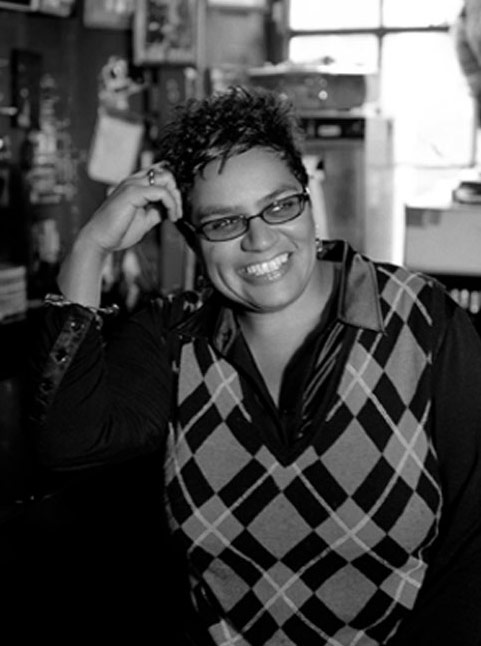
Workshops at Kettle’s Yard
22nd February 2013 | 0 Comment(s) | Kettle’s Yard
On Tuesday, Kettle’s Yard hosted a group of young people for the third of our six Thresholds workshops. During the half term, we had two amazing poetry workshops in the house, surrounded by the permanent art collection and everyday objects of Kettle’s Yard’s original owners, Jim and Helen Ede.
Led by Jackie, the group undertook a series of writing tasks, exploring the rooms and the objects through a variety of themes. For example, on the first day, the group responded to the idea of opposites – going into the house and finding a hot/cold, short/tall, rough/smooth combination of their choice and then writing an imagined conversation between the two. On the second day, the theme was ‘appearances can be deceptive’ and included writing a list of things that one would need to do to prepare for the unexpected.
Having composed a number of works, the group are now working with artist Filipa Pereira-Stubbs to transform their poems into installations, returning back to the house to position their re-imagined and re-formed words amongst the collection. This week, the group started the process of transformation by taking the letters of their names as a springboard to explore composition, framing, layouts, and finding connections between shapes and forms. We are really looking forward to seeing where their ideas go over the coming weeks.
Sarah Campbell, Education Officer at Kettle’s Yard




















